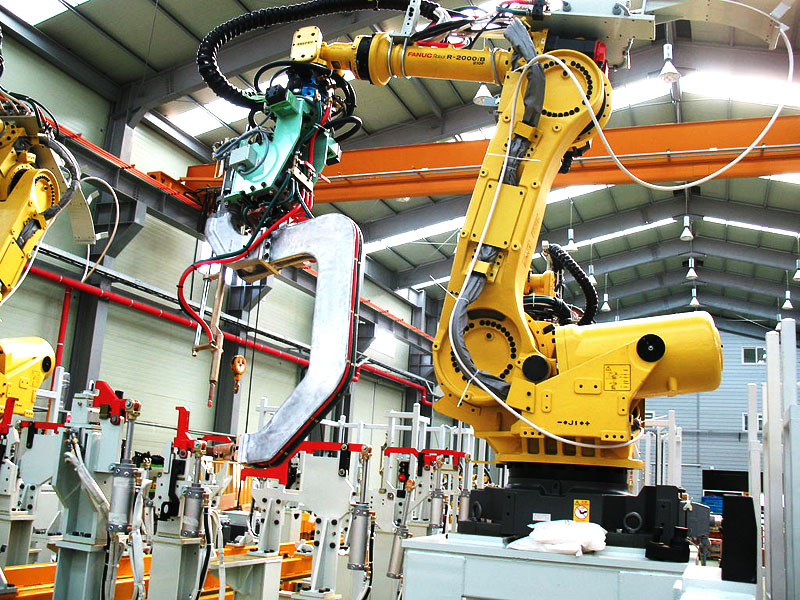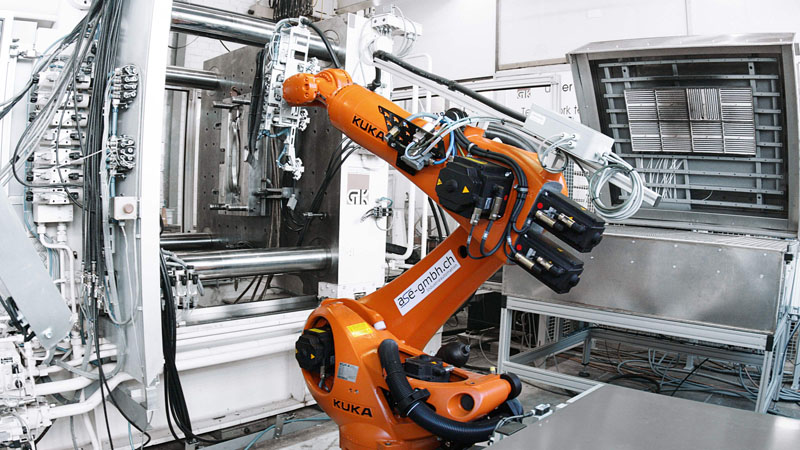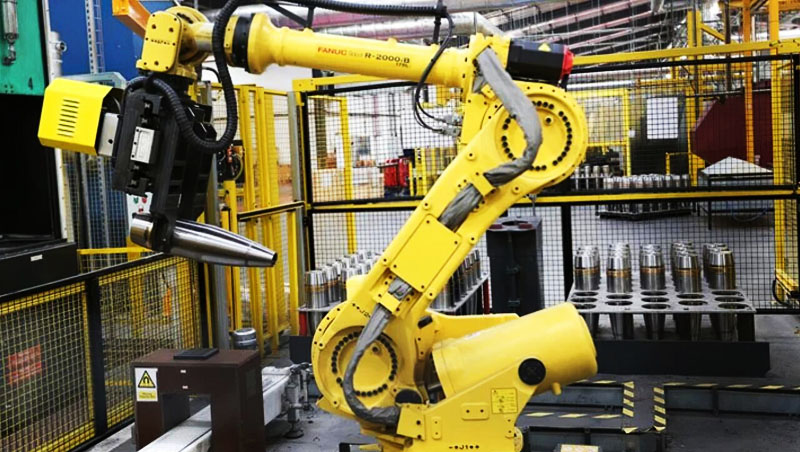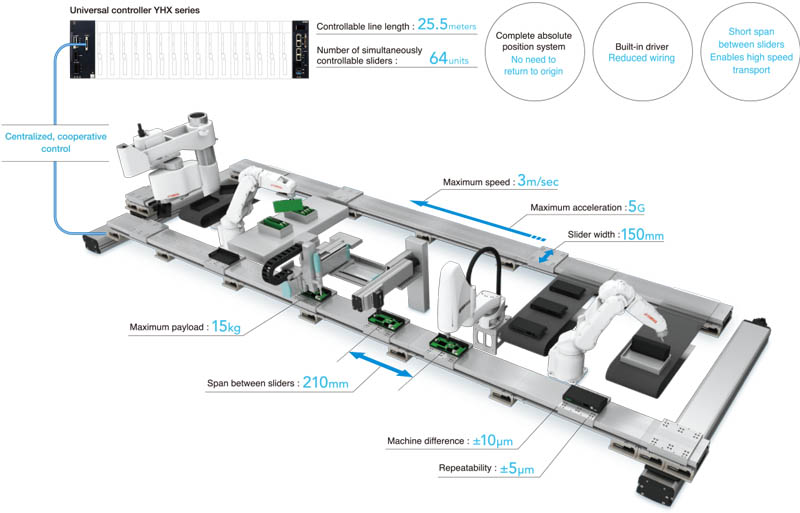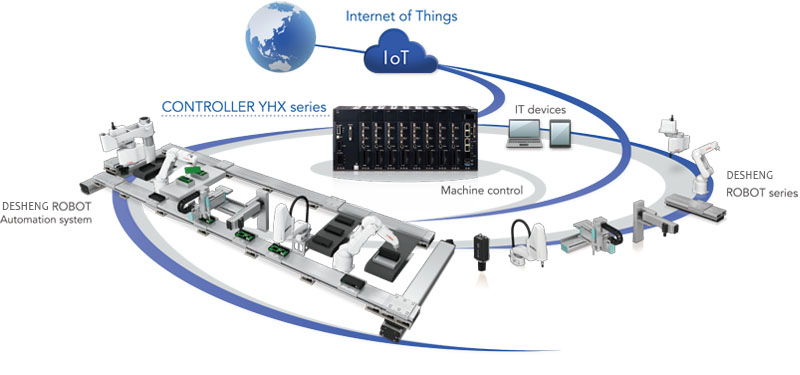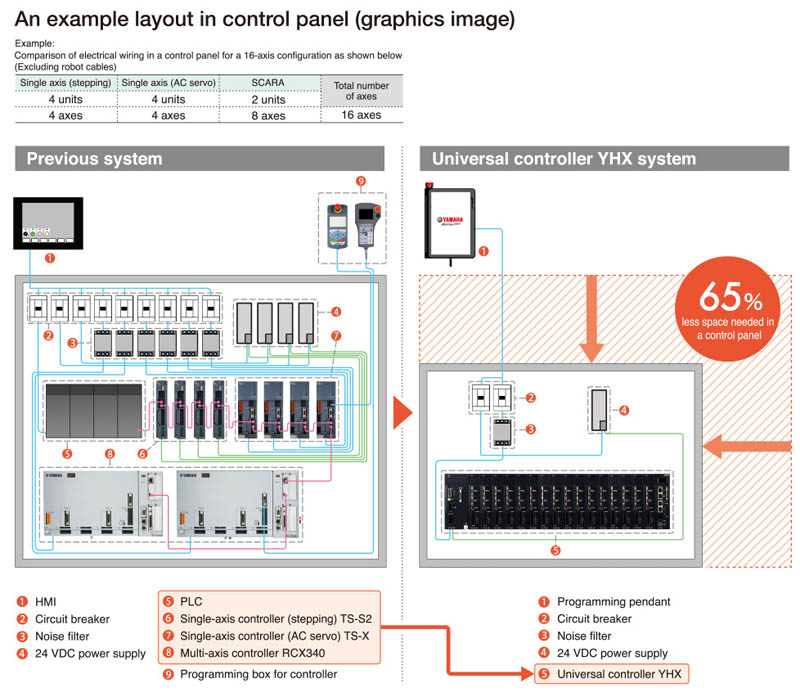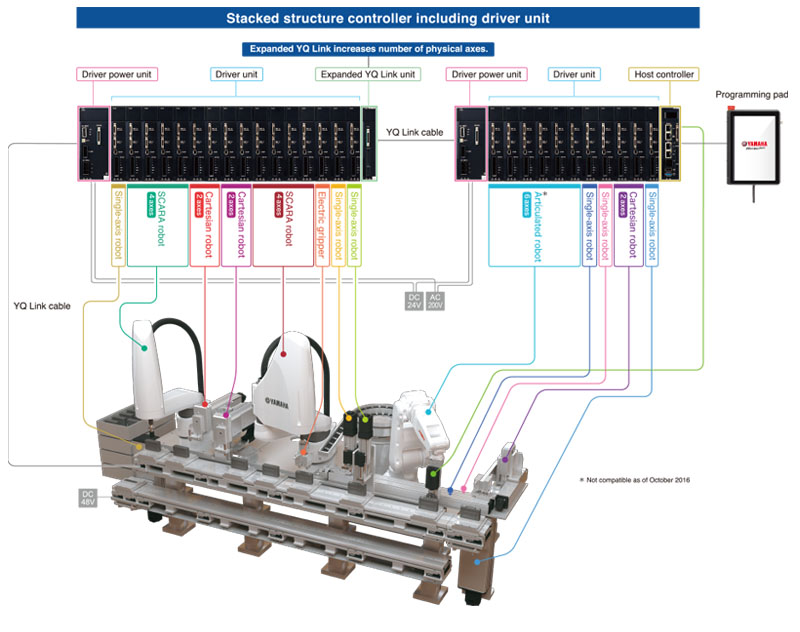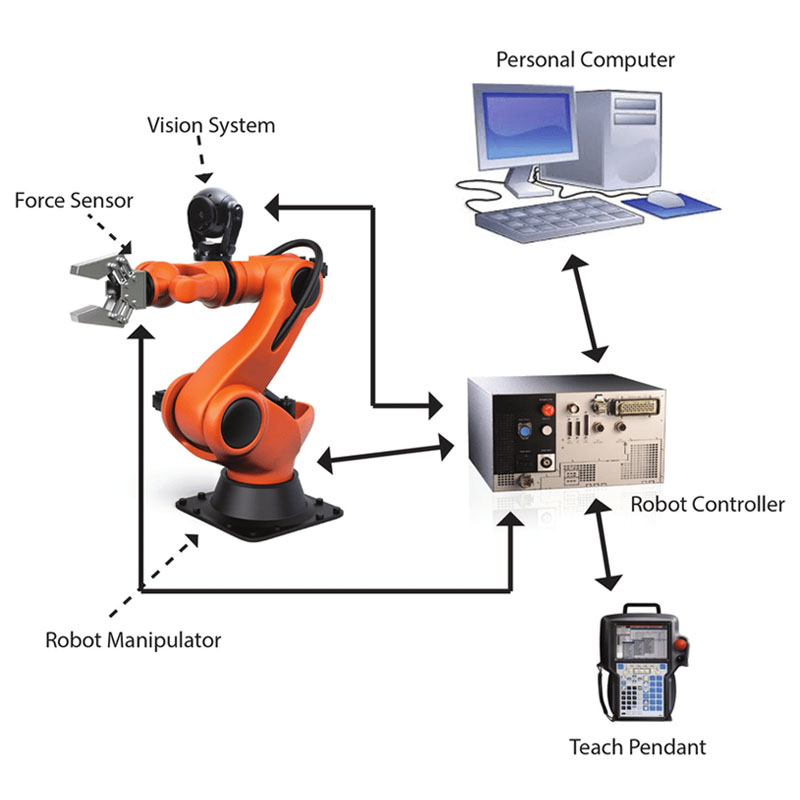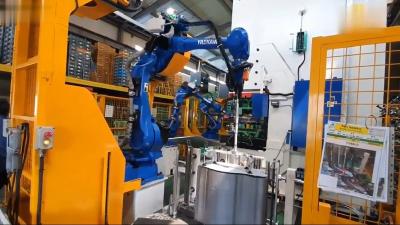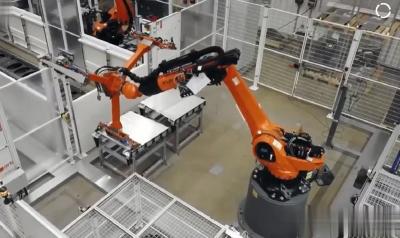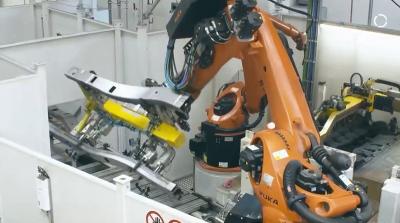Робототехника в литейном производстве
Робототехника в литейном производстве:
1. Повышение эффективности. Робототехника на литейных заводах может значительно повысить эффективность за счет автоматизации таких задач, как обработка материалов, заливка и отделка. Роботы могут работать в постоянном темпе без перерывов и усталости, что приводит к увеличению производительности и сокращению времени цикла.
2. Повышение безопасности работников: литейные операции могут быть опасными, подвергая рабочих воздействию высоких температур, тяжелого оборудования и опасных материалов. Использование роботов в литейной промышленности может помочь минимизировать эти риски за счет выполнения опасных задач, снижая вероятность несчастных случаев и травм среди рабочих.
3. Повышенная точность и точность: роботы на литейных заводах могут выполнять задачи с высоким уровнем точности и аккуратности. Они могут точно разливать расплавленный металл в формы, последовательно перемещать и позиционировать детали, а также выполнять сложные задачи по отделке. Это приводит к улучшению качества отливки и снижает риск возникновения дефектов или несоответствий.
Пожалуйста, свяжитесь с нами для получения подробных технических параметров.
Робототехника в литейном производстве:
Робототехника в литейном производстве произвела революцию в обрабатывающей промышленности. Робототехника в литейном производстве в нашей компании может сэкономить 92% на стоимости пилотируемого патруля. Пожалуйста, свяжитесь с нами для получения подробных технических параметров. Роботы используются для таких задач, как литье, формование и отделка, что снижает участие человека и повышает эффективность и точность. Они могут выдерживать суровые условия, включая высокие температуры и пыль, обеспечивая стабильное качество продукции. Роботы также повышают безопасность, выполняя опасные задачи и сводя к минимуму травматизм на рабочем месте. Кроме того, они программируются и могут быть настроены в соответствии с конкретными производственными требованиями. Эта технология автоматизации снижает эксплуатационные расходы и повышает производительность, что делает ее неотъемлемой частью современного литейного производства.


